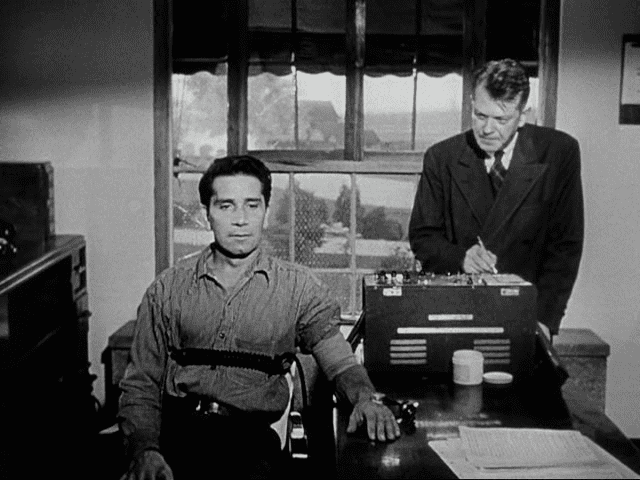Leonard Keeler (October 30, 1903 – September 20, 1949) was an American inventor whose groundbreaking work in lie detection technology revolutionized forensic science and law enforcement. Best known for co-inventing the polygraph, often referred to as the “lie detector,” Keeler’s contributions have left an indelible mark on criminal investigations and legal proceedings worldwide.
Early Life and Education
Born in North Berkeley, California, Keeler was the son of poet and naturalist Charles Keeler and artist Louise Bunnell. Named after the Renaissance polymath Leonardo da Vinci, he preferred to be called “Nard.” During his high school years, Keeler worked under Berkeley Police Chief August Vollmer and assisted John Augustus Larson, who had developed an early version of the polygraph known as the “cardio-pneumo psychogram.” This experience sparked Keeler’s lifelong fascination with lie detection technology. After graduating high school, he enrolled at the University of California, Berkeley, in 1923, and later transferred to the University of California, Los Angeles, following Vollmer’s relocation.
Development of the Polygraph
In 1924, Keeler constructed his first polygraph instrument, which he named the “Emotograph.” Tragically, the device was destroyed in a fire at his home. Undeterred, Keeler continued refining his design. On February 2, 1935, he achieved a major breakthrough when his improved “Keeler Polygraph” was used for the first time in Portage, Wisconsin. The results of the test were admitted in court, leading to the conviction of two individuals for assault. This landmark case marked the first time polygraph evidence was successfully used in a legal proceeding, cementing its role in forensic investigations.
Professional Career and Contributions
In 1930, Keeler moved to Chicago to join the Scientific Crime Detection Laboratory at Northwestern University. By 1936, he had risen to become the head of the laboratory, a position he held until 1938 when he transitioned to private practice. Keeler founded the first polygraph school, the Keeler Institute, and became the nation’s first full-time private polygraph consultant. His efforts were pivotal in popularizing the use of polygraph tests not only in criminal investigations but also in employment screenings.
Notable Cases
Keeler’s polygraph played a crucial role in several high-profile cases. In 1937, during the investigation of the murder of 5-year-old Roger William Loomis in Lombard, Illinois, Keeler tested the child’s mother, Grace Yvonne Loomis, as part of the inquiry. The following year, he administered a polygraph test to Dr. Francis Sweeney, the prime suspect in the infamous Cleveland torso murders. Although Sweeney failed the test, insufficient evidence prevented his prosecution. These cases highlighted the potential of the polygraph as a tool for uncovering truth and deception.
Personal Life
In 1930, Keeler married Katherine “Kay” Applegate, a fellow psychology student in Chicago. Kay became the nation’s first female handwriting analyst and later founded her own all-women detective agency specializing in forensic investigations. However, their marriage ended when Kay left Keeler to marry another man. She joined the Women’s Auxiliary Service Pilots (WASPs) during World War II but tragically died in 1944 near Patterson Field, Ohio, during a solo flight.
Later Years and Death
The loss of his wife and the strain of his work took a heavy toll on Keeler. His health deteriorated due to stress, excessive alcohol consumption, and smoking. He suffered a stroke and passed away on September 20, 1949, in Door County, Wisconsin, at the age of 45. Keeler’s life and contributions to the field of lie detection were later chronicled in the documentary film The Lie Detector, which premiered on American Experience on January 3, 2023.
What Are the Biggest Space Milestones to Expect by 2030? | Maya
Legacy
Leonarde Keeler’s pioneering work laid the foundation for modern polygraphy. His innovations transformed the way law enforcement and forensic science approach the detection of deception, leaving a lasting legacy that continues to influence criminal investigations and legal practices today. Through his dedication and ingenuity, Keeler not only advanced technology but also reshaped the pursuit of justice.



